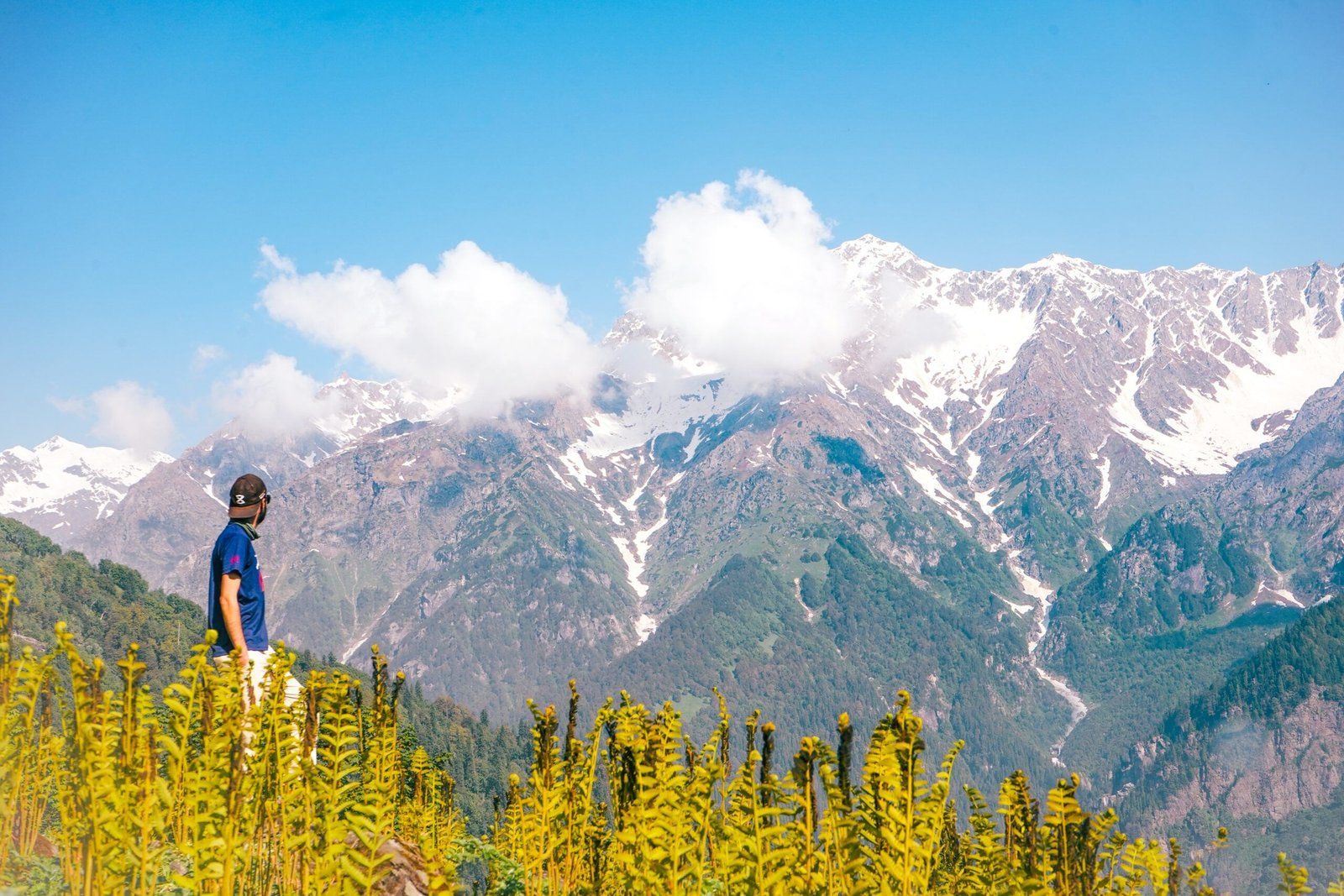Nestled in the lap of the majestic Himalayas, the Great Himalayan National Park (GHNP) stands as a testament to the unparalleled natural beauty and biodiversity of the region.
Located in the state of Himachal Pradesh in northern India, this national park has earned the distinction of being a UNESCO World Heritage Site, showcasing the unique flora and fauna that thrive in its pristine wilderness. Often referred to as the “Himalayan Outback,” this Park offers a rare opportunity to explore the unspoiled landscapes and discover the secrets hidden within the folds of the Himalayan range.
Geography and Landscape:
Spread over an expansive area of 1,171 square kilometers, the Great Himalayan National Park is a mosaic of diverse ecosystems, ranging from lush green valleys to towering snow-capped peaks. The park encompasses several mountain ranges, including the majestic Rakti-Sar, Sainj, and Jiwa Nal, each contributing to the park’s breathtaking topography. The Tirthan and Sainj rivers meander through the park, creating picturesque valleys and adding to the overall allure of the region.
Biodiversity:
What sets GHNP apart is its incredible biodiversity, making it a haven for nature enthusiasts, researchers, and wildlife photographers. The park is home to a myriad of plant and animal species, many of which are endemic to the Himalayan region. Dense alpine forests cover significant portions of the park, hosting a rich variety of flora, including numerous medicinal plants and herbs. Rare and endangered species such as the Western Tragopan, Himalayan Tahr, and Snow Leopard find refuge within the park’s boundaries, adding to its conservation significance.
Flora:
The Great Himalayan National Park boasts an extensive collection of plant species, ranging from temperate forests to alpine meadows. The lower altitudes are adorned with oak, deodar, and blue pine forests, while higher elevations are characterized by rhododendron and birch trees. The park is renowned for its vibrant alpine flowers, including the elusive Brahma Kamal, a rare and exquisite Himalayan flower that blooms in the summer months.
Fauna:
The fauna of GHNP is equally impressive, with a diverse array of mammals, birds, and reptiles calling the park home. The elusive Snow Leopard, an icon of the Himalayas, is a key species in the park’s conservation efforts. Other notable inhabitants include the Himalayan Brown Bear, Blue Sheep, Musk Deer, and the Red Fox. The park is a birdwatcher’s paradise, with over 180 species of avifauna, including the Western Tragopan, Cheer Pheasant, and the Himalayan Monal.
Conservation Efforts:
Great Himalayan National Park has been at the forefront of conservation efforts in the region. The park was established in 1984, with the primary objective of preserving the unique biodiversity of the western Himalayas. The local communities surrounding the park have actively participated in conservation initiatives, contributing to the sustainable development of the region. The success of GHNP in preserving endangered species and maintaining ecological balance has garnered international recognition, further emphasizing the need for the conservation of fragile mountain ecosystems.
Adventure and Trekking:
Beyond its ecological significance, GHNP offers a haven for adventure enthusiasts and trekking aficionados. The park is crisscrossed by a network of Trekking trails that lead to breathtaking vistas, high-altitude meadows, and pristine glacial lakes. The Tirthan Valley, in particular, serves as a gateway to the park and is a popular starting point for treks of varying difficulty levels. The trek to the Shilt Hut provides stunning panoramic views, while the Rakti-Sar trek takes adventurers to the heart of the park’s alpine zone.
Cultural Heritage:
The Great Himalayan National Park is not only a sanctuary for wildlife but also a repository of cultural heritage. The surrounding villages, with their traditional architecture and lifestyle, offer visitors a glimpse into the rich cultural tapestry of the Himalayan region. The locals, predominantly belonging to the Gaddi and Sippi communities, have coexisted with the park’s wildlife for generations, showcasing a harmonious relationship between humans and nature.
While GHNP has made significant strides in conservation, it faces numerous challenges, including poaching, habitat fragmentation, and climate change. The fragile ecosystems of the Himalayas are particularly vulnerable to these threats. Conservationists and local communities are working hand in hand to address these challenges, implementing sustainable practices and raising awareness about the importance of preserving the park’s unique biodiversity.
The Great Himalayan National Park stands as a testament to the grandeur and fragility of the Himalayan ecosystem. As a UNESCO World Heritage Site, it not only serves as a sanctuary for rare and endangered species but also as a playground for adventure and a cultural gem. GHNP’s conservation efforts exemplify the delicate balance between human activities and the preservation of biodiversity. In the heart of The Himalayan Outback, this national park beckons nature enthusiasts and conservationists alike to witness the awe-inspiring beauty and contribute to the ongoing legacy of protection and sustainability in the majestic Himalayas.






